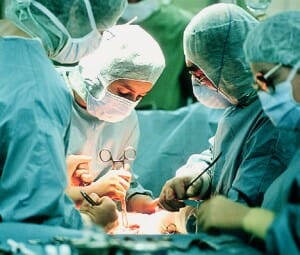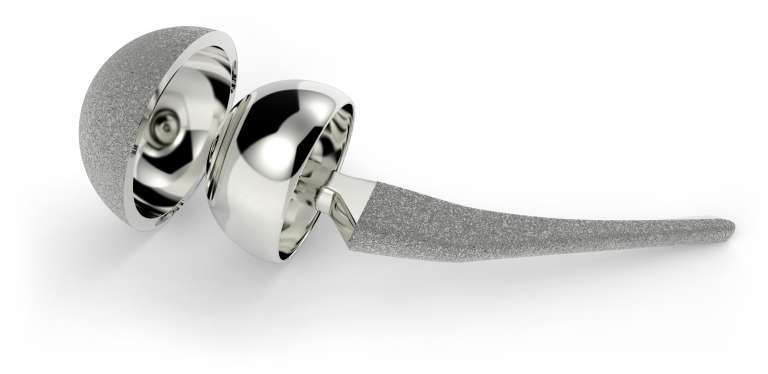Dr Cliff Mann, Britain’s most senior A&E doctor and President of the College of Emergency Medicine, has told The Daily Telegraph that A&E is on the brink of collapse.
Hospitals across the country are being overwhelmed by the “unprecedented” levels of pressure and overcrowding, due to shortages of medics.
In a letter to The Daily Telegraph, Dr Mann said: “The pressures have become unrelenting. In recent days I’ve been contacted by a number of senior doctors, medical directors, high-level people, who are saying the situation now is like nothing they’ve seen before.”
He continued to say that doctors were doing their best, but safety of patients could not be guaranteed in these circumstances.
Staff levels in A&E are very low. At several NHS trusts across the country more than half of the doctor shifts go unfilled. The cause for this, Dr Mann states, is the cap on spending on locum medics and a shortage of some 450 trainee doctors.
“People aren’t choosing it and those who did are increasingly walking away,” he said. “They can’t sustain 30 year careers with this level of intensity”, he continued.
Despite the mild winter, the rising age of the population and their demand on hospital facilities, coupled with doctor shortages means that hospitals have been under severe pressure for a significant period of time.
A spokesperson for NHS England said: “In fact fewer hospitals have reported serious operational issues, but winter has bitten later this year and following renewed pressures in January and February, detailed plans are being put in place for Easter to ensure good service availability over the four day bank holiday. In the face of these challenges it is a credit to all those working in emergency care that we are still admitting, treating and discharging almost nine out of ten patients within four hours”.
NHS England have been heavily criticised for not publishing weekly data on casualty waiting times for this winter.
However, the College of Emergency Medicine conducted its own audit of 40 A&E departments and found that just 82 per cent of patients were treated within the NHS target of four hours.
This falls short of the NHS target that says that 95 per cent of patients should be seen within this timeframe.
“We have been stretching an elastic band – it has now snapped,” the college warned in a briefing paper earlier this week.
A Department of Health spokesman said: “The NHS is coping well in the face of exceptional demand and compared to January last year saw 111,000 more people in A&E within four hours. We are committed to delivering a safer seven day NHS which is why we have invested £10bn to fund the NHS’s own plan to transform services in the future.”
Have you or a loved one suffered because of a delay at an A&E department? Pryers are a leading national firm of Medical Negligence Lawyers. Our dedicated team of lawyers and experts are well equipped to investigate and advise on all issues of medical treatment.





